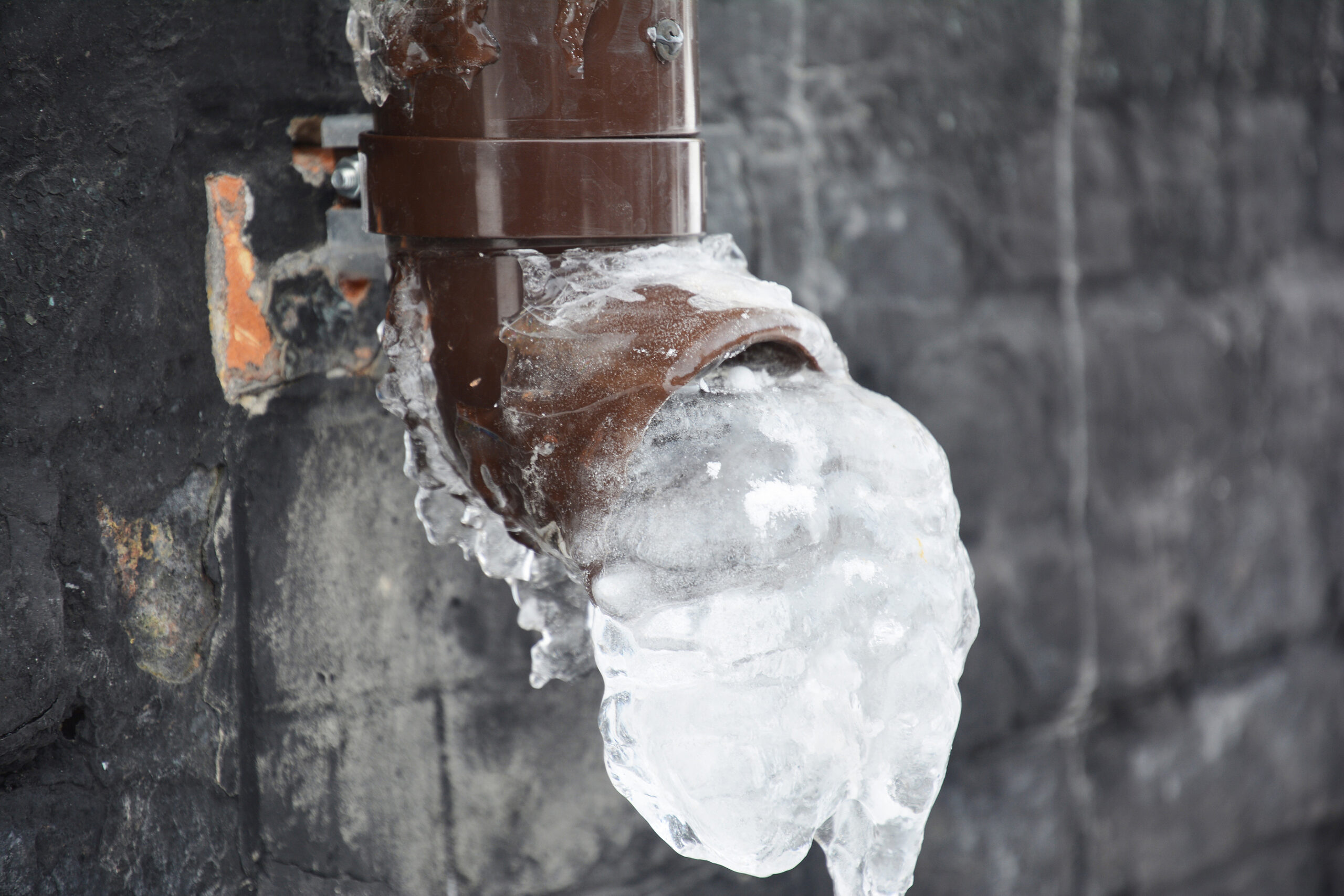How to Protect Pipes from Cold Weather Damage: Essential Tips
How to Protect Pipes from Cold Weather Damage: Essential Tips
Blog Article
We have encountered this post on Helpful Tips to Prevent Frozen Pipes this Winter directly below on the internet and felt it made good sense to write about it with you on this site.
.jpg)
Winter can wreak havoc on your pipes, especially by freezing pipes. Below's exactly how to prevent it from taking place and what to do if it does.
Introduction
As temperature levels decline, the danger of icy pipes rises, potentially leading to costly repair work and water damage. Comprehending how to prevent frozen pipelines is vital for house owners in cool climates.
Understanding Frozen Pipes
What causes pipelines to freeze?
Pipes ice up when revealed to temperatures below 32 ° F (0 ° C) for expanded durations. As water inside the pipelines ices up, it increases, putting pressure on the pipe walls and potentially triggering them to rupture.
Risks and problems
Frozen pipelines can bring about water supply disturbances, building damage, and expensive fixings. Burst pipelines can flood homes and cause extensive architectural damage.
Signs of Frozen Piping
Determining frozen pipes early can avoid them from bursting.
Just how to determine icy pipelines
Look for lowered water circulation from faucets, uncommon smells or noises from pipelines, and noticeable frost on subjected pipes.
Prevention Tips
Protecting prone pipelines
Cover pipes in insulation sleeves or make use of heat tape to protect them from freezing temperature levels. Focus on pipes in unheated or outside areas of the home.
Home heating techniques
Maintain interior areas properly heated, especially locations with pipes. Open up closet doors to permit cozy air to flow around pipes under sinks.
Protecting Exterior Pipes
Garden hose pipes and outdoor faucets
Disconnect and drain pipes yard pipes before winter months. Set up frost-proof spigots or cover exterior faucets with insulated caps.
What to Do If Your Pipes Freeze
Immediate activities to take
If you suspect icy pipes, keep taps available to eliminate stress as the ice thaws. Make use of a hairdryer or towels taken in warm water to thaw pipelines gradually.
Long-Term Solutions
Architectural changes
Consider rerouting pipelines far from exterior walls or unheated locations. Add added insulation to attics, basements, and crawl spaces.
Upgrading insulation
Purchase top notch insulation for pipelines, attics, and wall surfaces. Correct insulation aids maintain regular temperature levels and decreases the danger of frozen pipes.
Conclusion
Avoiding icy pipes calls for proactive actions and quick responses. By understanding the causes, signs, and preventive measures, property owners can safeguard their pipes throughout cold weather.
5 Ways to Prevent Frozen Pipes
Drain Outdoor Faucets and Disconnect Hoses
First, close the shut-off valve that controls the flow of water in the pipe to your outdoor faucet. Then, head outside to disconnect and drain your hose and open the outdoor faucet to allow the water to completely drain out of the line. Turn off the faucet when done. Finally, head back to the shut-off valve and drain the remaining water inside the pipe into a bucket or container. Additionally, if you have a home irrigation system, you should consider hiring an expert to clear the system of water each year.
Insulate Pipes
One of the best and most cost-effective methods for preventing frozen water pipes is to wrap your pipes with insulation. This is especially important for areas in your home that aren’t exposed to heat, such as an attic. We suggest using foam sleeves, which can typically be found at your local hardware store.
Keep Heat Running at 65
Your pipes are located inside your walls, and the temperature there is much colder than the rest of the house. To prevent your pipes from freezing, The Insurance Information Institute suggests that you keep your home heated to at least 65 degrees, even when traveling. You may want to invest in smart devices that can keep an eye on the temperature in your home while you’re away.
Leave Water Dripping
Moving water — even a small trickle — can prevent ice from forming inside your pipes. When freezing temps are imminent, start a drip of water from all faucets that serve exposed pipes. Leaving a few faucets running will also help relieve pressure inside the pipes and help prevent a rupture if the water inside freezes.
Open Cupboard Doors
Warm your kitchen and bathroom pipes by opening cupboards and vanities. You should also leave your interior doors ajar to help warm air circulate evenly throughout your home.

I recently found that post on How To Avoid Freezing Pipes when doing a lookup on the search engines. Remember to pause to promote this content if you liked it. Thanks for taking the time to read it.
Go Deal Now Report this page